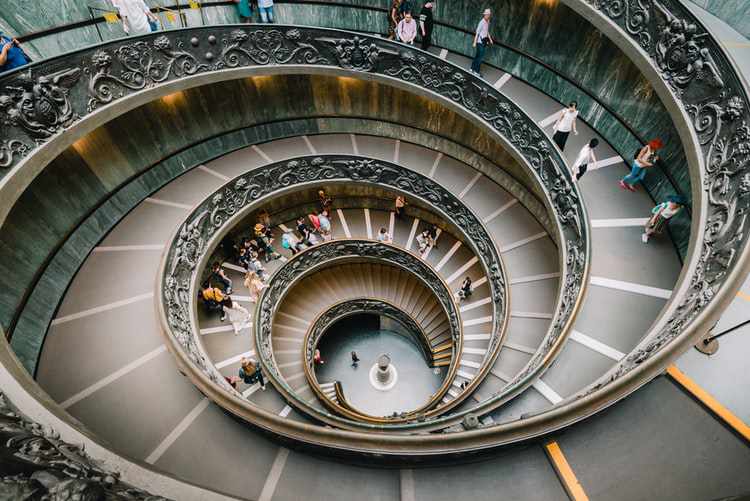
Tracing our paths back to Polya story further, in 1987 the London Mathematical Society (LMS) established the Pólya Prize for "outstanding creativity in, imaginative exposition of, or distinguished contribution to, mathematics within the United Kingdom." Interestingly, it is awarded in the years that are not divisible by three.
Stanford University has a Polya Hall named in his honor. It was built while he was still teaching and he complained to his students that it made people think he was dead.
Thanks to TED and TED Ed, there is a steady proliferation of videos that talk about exploring mathematics that would give joy, but nothing comes closer like watching the great man in action.
In the 40's one very interesting essay titled 'A Mathematician's Apology' that raises the question: I shall ask, then, why is it really worth while to make a serious study of mathematics? What is the proper justification of a mathematician’s life?
G H Hardy, the mathematician who 'discovered' Ramanujan for the West, wrote this essay in 1940., He comes across a 'gaunt solitary Cambridge don that Hardy was, entirely intellectual, cricket loving, and awkward in social interactions'.
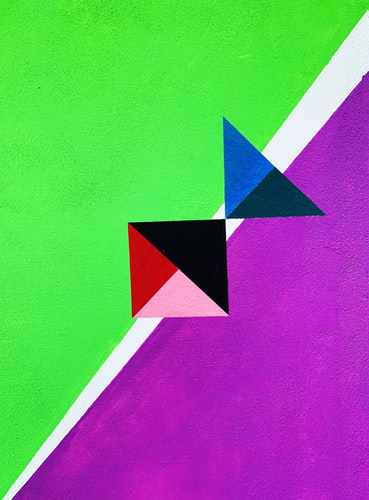
In brief, and not necessarily in the order in which Hardy discusses them, he asserts the following.
1. Mathematical achievement is permanent. Unlike all other forms of knowledge, there is a certainty and permanence to mathematical truth, which makes pursuit of mathematical knowledge worthwhile.
2. Leaving behind something of permanent value is a noble ambition for anyone to undertake.
3. Mathematics is worth doing because its patterns are beautiful.
4. The best mathematics is not only beautiful, it is also important, as opposed to ‘trivial’ mathematics. In that sense, there is a seriousness to it, which lies in the significance of the ideas which it connects.
5. Seriousness of mathematical truth is characterized by its generality and its depth.
6. Good proofs are characterized by a high degree of surprise, combined with inevitability and economy.
7. Mathematics is often considered to be important because it is useful. This (for Hardy) is a misconception. Pure mathematics is all about aesthetics, but mathematical technique is taught mainly through pure mathematics, and it is technique that is most useful.
8. Applied mathematics deals with reality, and hence is more useful than pure mathematics, but in some sense, applied mathematics is not ‘real’ mathematics (which deals only with abstract patterns).
A more detailed review, from which the above excerpt was taken, can be found here.
Toby, a YouTuber by the name Tibees is your 'go to' person when it comes to themes like math, astronomy, physics and the history of science. Check out her video on Hardy's essay.
If there is any quote which must be engraved on the entrances of any math classroom my choice is this, courtesy Hardy:
A mathematician, like a painter or a poet, is a maker of patterns. If his patterns are more permanent than theirs, it is because they are made with ideas. . . . The mathematician’s patterns, like the painter’s or the poet’s, must be beautiful ; the ideas, like the colours or the words, must fit together in a harmonious way. Beauty is the first test; there is no permanent place in the world for ugly mathematics.
Come 50's, Disney has already taken the animation industry by storm. We might have many personal favorite episodes from the likes of Mickey, Minnie, Goofy, Pluto and Donald. Even then, you might have missed out on one Donald gem, 'Donald in Mathemagic Land (1959). Quirky entertainment with a right sprinkling of mathematical concepts, this animated live action featurette has an Oscars nomination, too. Trees with square roots, numbers that flow in a stream, jam sessions with the Pythagorean brotherhood, (Euro-centric) origin of music, the Golden ratio, pi, the game of chess...you name it, it dealt that with an entertaining élan.
The Spirit, the narrator of the featurette states that scientific knowledge and technological advances are unlimited, and the key to unlocking the doors of the future is mathematics. By the end of the film, Donald understands and appreciates the value of mathematics. The film closes with a quotation from Galileo Galilei: "Mathematics is the alphabet with which God has written the universe".
This film was not a 'person', but it did lot more to stoke imagination of one generation of learners to appreciate math.
Disney did it. How come MGM Animation be far behind. Come 1965, MGM roped in Chuck Jones to adapt Norton Juster's book 'The Dot and the Line: A Romance in Lower Mathematics' two years before.
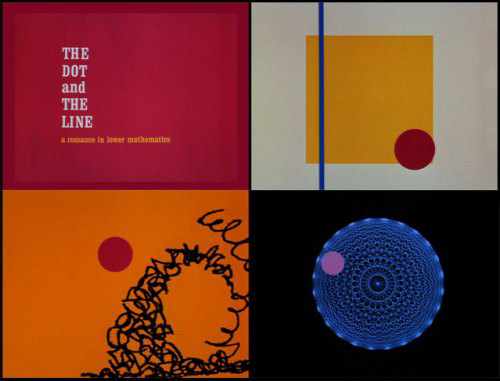
"Once upon a time there was a sensible straight line who was hopelessly in love with a beautiful dot. But the dot, though perfect in every way, only had eyes for a wild and unkempt squiggle. All of the line's romantic dreams were in vain, until he discovered...angles! Now, with newfound self-expression, he can be anything he wants to be--a square, a triangle, a parallelogram....And that's just the beginning!" goes the book's blurb.
The film, a 'masterpiece of word play, sprinkled with gorgeous vintage design and typography' went on to win the Oscars for Animated short film.
On foundational learning of shapes and patterns for very young learners go no further than Leonard Kessler's 1962 classic I Made a Line. You won't find it in your regular bookstores. This book can still be pitched at higher grades through the hands of a creative teacher as this illustrated story blurs the boundaries of storytelling, story 'drawing', language appreciation, pattern making, and is also fun to read aloud.
An English teacher & math teacher's delight, I made a Line reminds the joy of seeing, saying & drawing a biography of an innocent line.
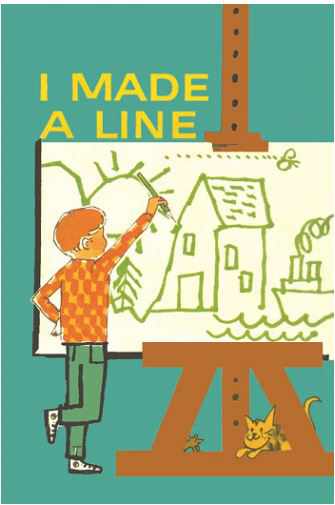
Here is to sum up the 60's decade.
Criticism to enforcing fad changes in the name of 'new math' elicited a response laced with humour and sarcasm from the inimitable Tom Lehrer. Here is a 2010 animation of the 1965 live concert audio.
Did you chop your two fingers to do base 8 subtraction!


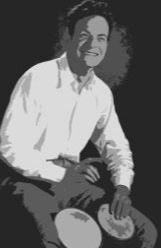

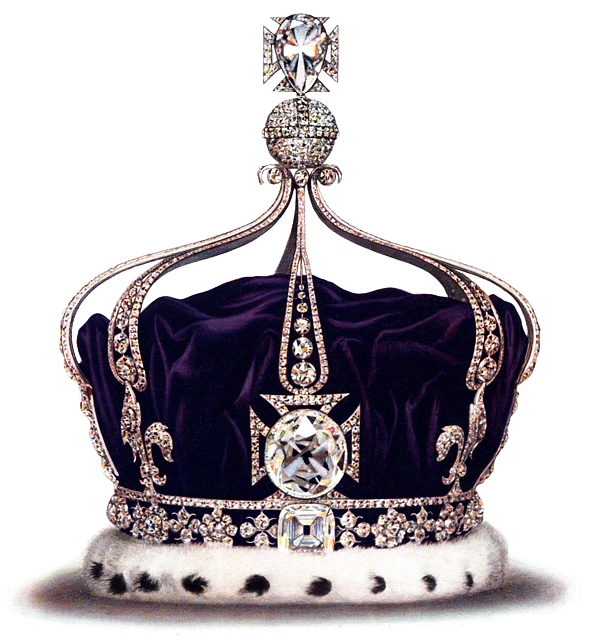
















Write a comment ...